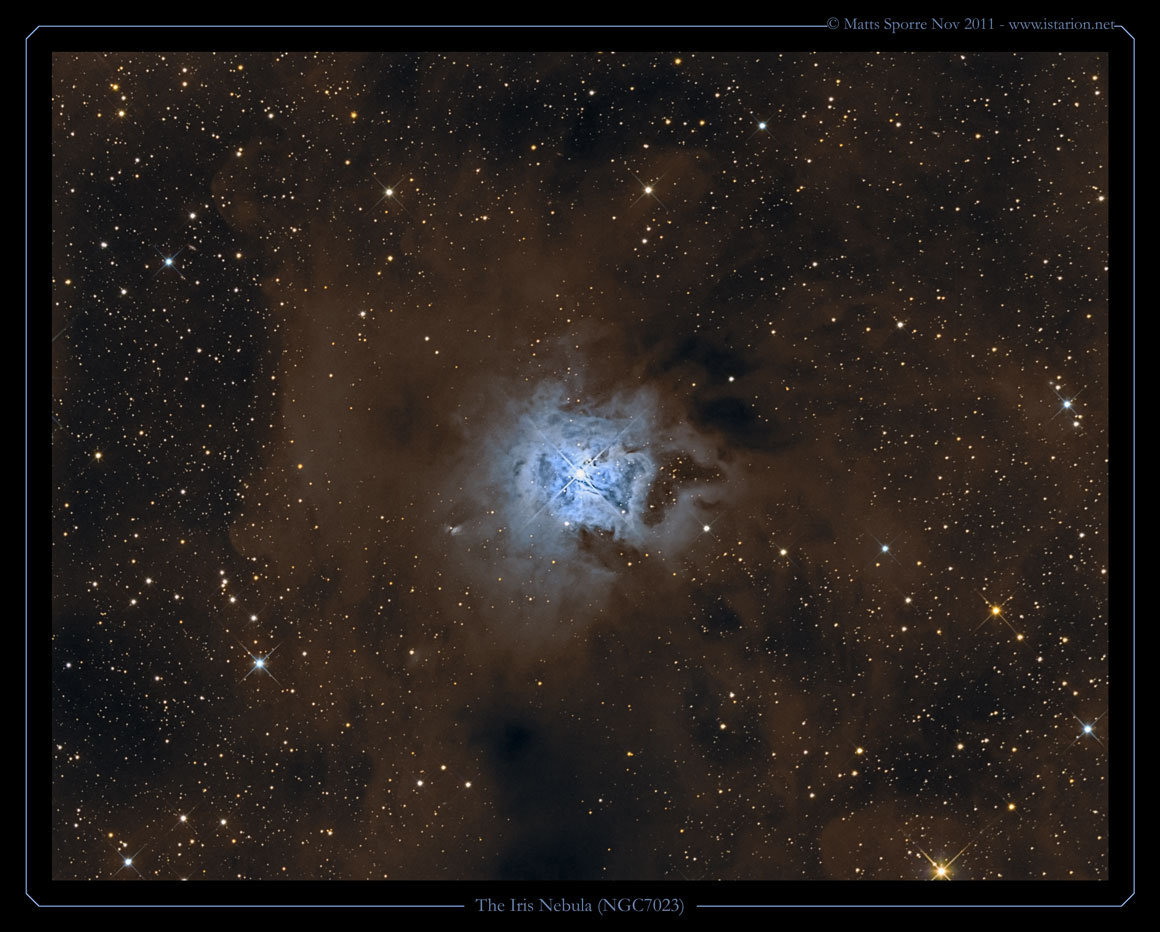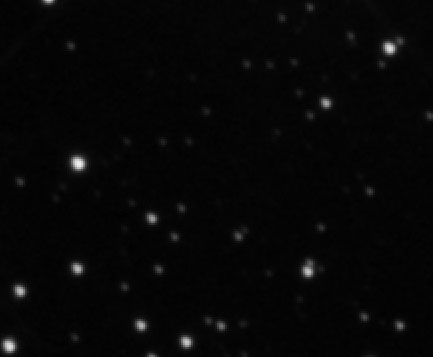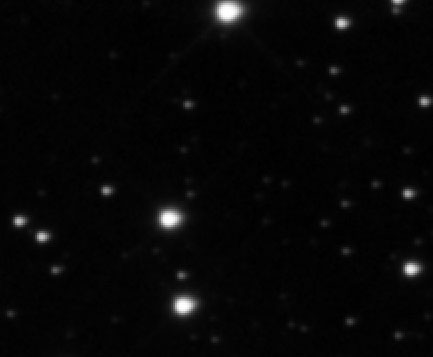The Iris Nebula, also NGC 7023 and Caldwell 4, is a bright reflection nebula and Caldwell object in the constellation Cepheus. NGC 7023 is actually the cluster within the nebula, LBN 487, and the nebula is lit by a magnitude +7 star, SAO 19158. It shines at magnitude +6.8. It is located near the Mira-type variable star T Cephei, and near the bright magnitude +3.23 variable star Beta Cephei (Alphirk). It lies 1,300 light-years away and is six light-years across
The above text is taken from Wikipedia.
By "mouse over" on the blue text just below the image you can see:
- Image details: Equipment used, number of subs etc.
Click here to load a 50% image.
This is not only the first light image with the ASA N10 Astrograph, it is also my first true LRGB image. The RGB images I have taken before has been taken with a DSLR and not channel by channel (except for narrow band). As an image it is not a great one, but I learned a lot during the effort. The first thing is that 10min was too long for the RGB sub-exposures - so it will be 5min from now on. Alternative I need to find a way to mount my IDAS LPS2 light pollution filter in combination with the RGB filters. Secondly, I found out that the wheel in the filter wheel was a little loose. When taking flats (FlatMan) the wheel tilted slightly so sometimes the dust motes ended up slightly shifted in the flats compared to the lights. I have now secured the wheel from tilting. Next image will hopefully have flats that correspond to the lights. Third, I hade really too few blue exposures. I need at least one fourth of the luminance integration time for the colour channels.
The fourth thing, that I have not fully solved yet, is strange star shapes. It is not really visible unless viewed at 100%. Below are crops (200%) from the stacked lum of NGC7023(upper right and left, middle, lower right and left).
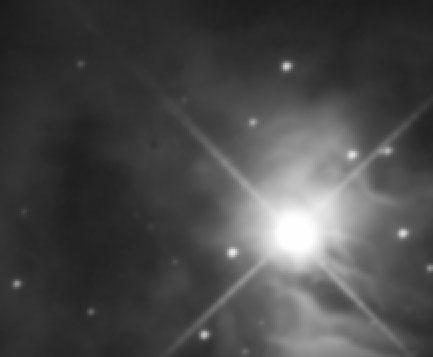
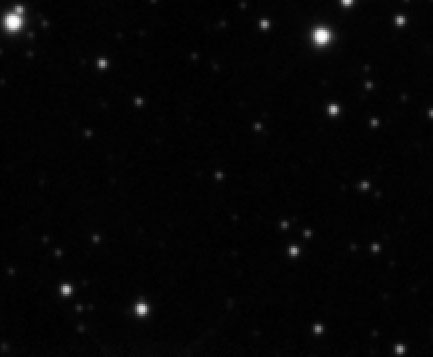
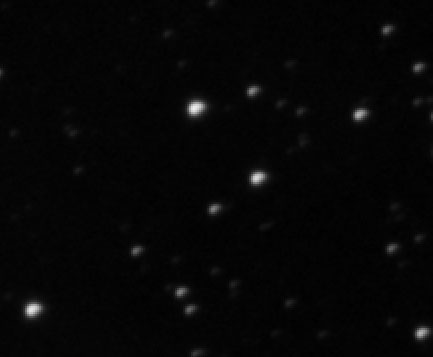
We note that it is only in the lower left corner that stars are round. In the upper left corner they are slightly elongated. In the upper right corner the stars are tear drop shaped. In the middle they are almost ok. In the lower right the stars are awfully elongated, almost kidney shaped.
I am not sure what might cause these strange star shapes, but I suspect collimation. Fast astrographs are very sensitive to collimation. However, there might be other reasons as well. If anyone has an idea, maybe even recognize this, please let me know.
Here is another image (NGC1333 at 100%) with the same result
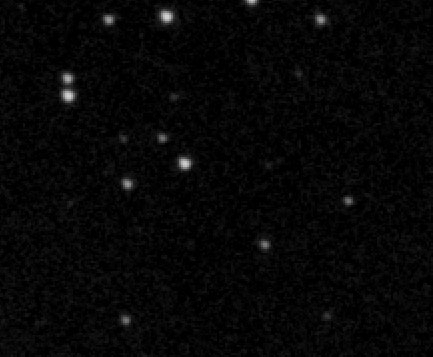
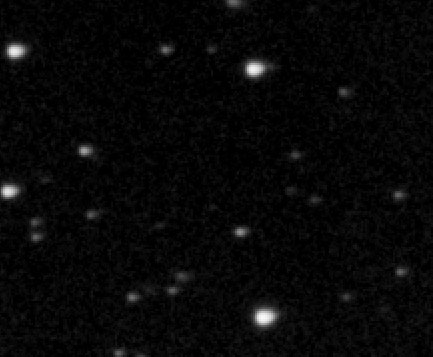
Slightly elongated stars Teardrop shaped stars

Star shapes slightly tear drop

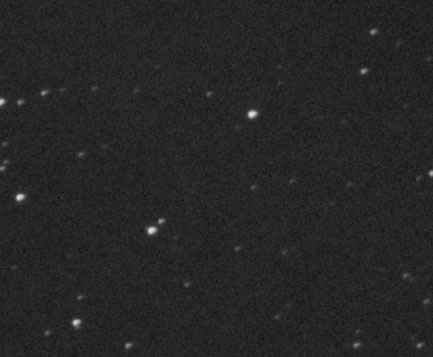
Good round stars Elongated, slightly kidney shaped stars
The following software has been used. MaximDL (image acquisition and guiding), CCDStack (calibration and RGB scaling), PixInsight (cropping, background correction, colour corrections) and Photoshop CS5 (all the rest, incl Noel Carbonis Astronomy Tools).
This image was processed in December 2011
Copyright: All images © 2011 Matts Sporre. All Rights Reserved


